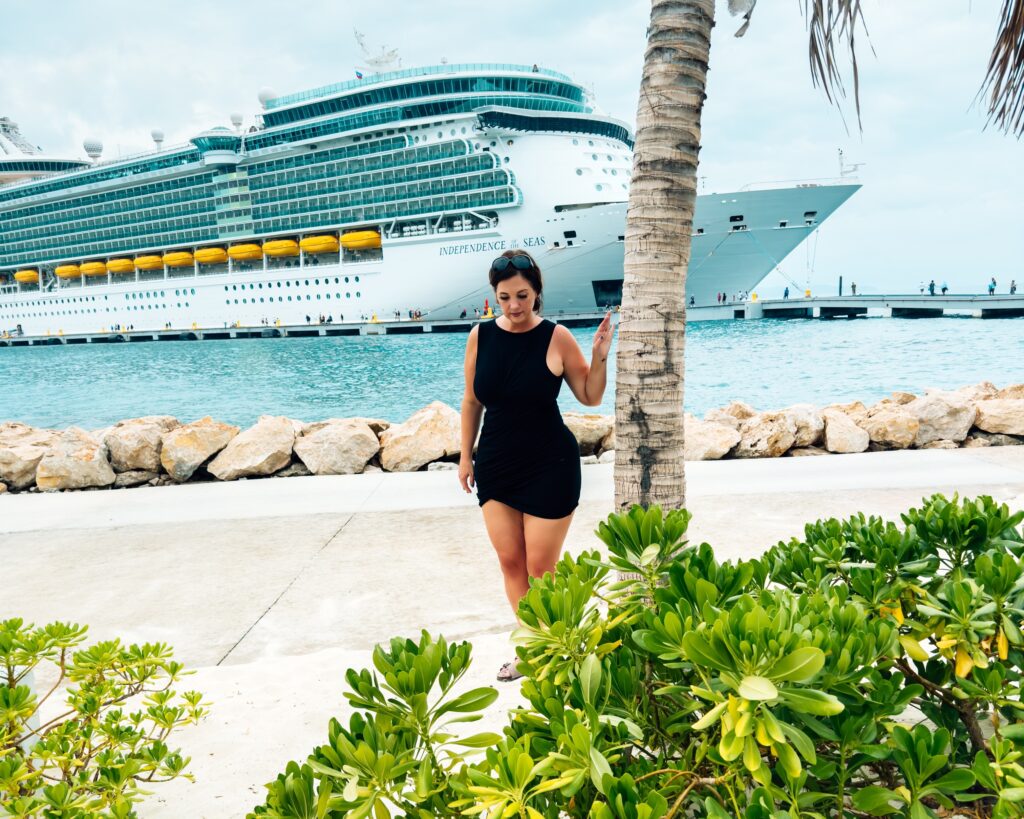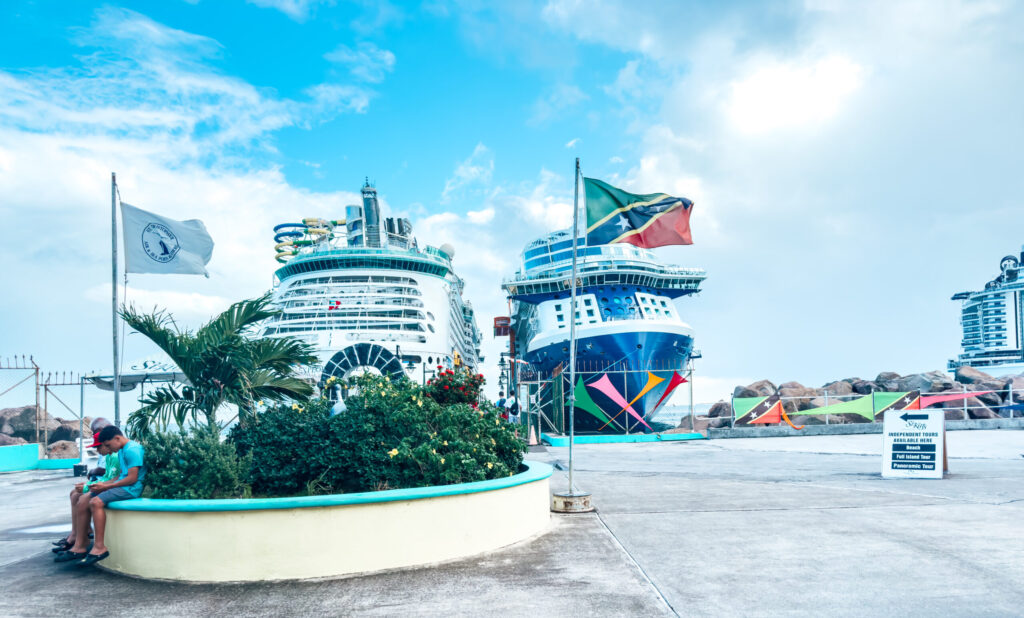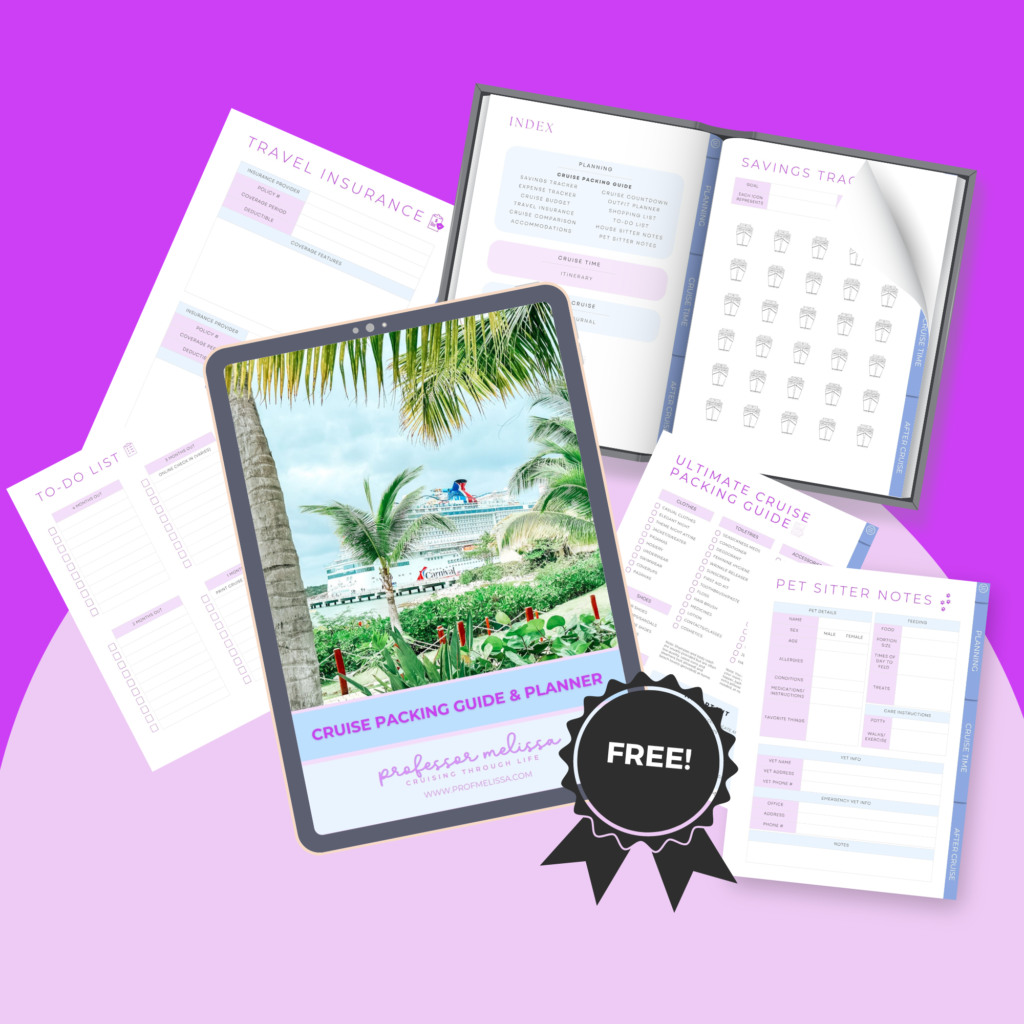Decisions to Make When Booking a Cruise
When you book a hotel room, it’s easy, but there are special considerations to make when booking a cruise. With a hotel, you may have to select if you want two queens or one king bed and maybe decide if you want to pay more for a city or ocean view for example, but other than that, it’s pretty simple. Cruising, however, presents some unique decisions you’ll have to make. Having a travel agent or PVP can help you determine these things, but before booking, be prepared to make decisions on the following: Stateroom Type There are four main stateroom types: interior (no windows), ocean view (port hole or window), balcony/verandah, and suite, although there are several categories within these, which we will discuss in the next section. Interiors are the most affordable, and suites are the most expensive, so you’ll need to decide your preferred room type. All have pros and cons; of course, the most expensive room types will be the most luxurious and sometimes come with additional perks or amenities. Suites, for example, sometimes include benefits such as priority check-in, special expedited lines at guest services, and speedier disembarkation. As you book a cruise, you’ll need to decide your must-haves and consider your budget. You may have an opportunity later to change your room type and pay the price difference, but it’s not guaranteed as inventory is limited. You may also have the opportunity to “upgrade” your room prior to your sailing. Many cruise lines make random upgrade offers, where the cruise line offers you a better stateroom category for a fee, but this is more of an upsell than an upgrade, and this is not always a good deal. Other cruise lines approach this a little differently, such as Royal Caribbean Cruise Line’s Royal Up program. Stateroom Category If choosing your stateroom type is not confusing enough, you’ll also need to decide your stateroom category. An interior stateroom isn’t just an interior stateroom; there are various categories of staterooms, usually denoted by the cruise line with numbers and letters. Certain categories have preferred features, like more square footage or a better location on the ship. When a cruise line offers a “free stateroom upgrade” promotion, it stands to reason that a cruiser would assume that this means an upgrade by room type, such as a bump up from an interior to an oceanview, but this instead refers to an upgrade in category, which can be confusing and feel misleading. So with Carnival, for example, and “upgrade” may take a cruiser from a 6A ocean view to a 6B ocean view. There isn’t much of a difference between the two, and they are both an ocean view stateroom. Another consideration of the stateroom category is whether you want a GTY stateroom. A “GTY” or “guaranteed” stateroom is often more affordable because with this type of stateroom, the cruise line selects your room for you after you make your booking. While this category is the cheapest it comes with a bit of a risk. With a GTY room, you may hit the jackpot and end up in a better stateroom category than the one you originally booked and paid for, as the cruise line “guarantees” you a room based on category, promising the minimum of your category type. However, you may end up in an undesirable location on the ship, such as a room under the ship’s nightclub. Choosing your own stateroom gives you more control. Depending on your needs, some staterooms may be preferable to others. While I don’t like being in a room near the lido deck, as I find them to be noisier generally, some cruisers love them because it puts them close to the action. I always encourage cruisers to consider their individual needs and then search and examine their ship’s deck plan before making this decision. That is… unless you book a GTY room, in which case you have no control over where your stateroom location will be. Room Configuration When you book a cruise, you’ll be asked if you want two beds or one. In cruise world, the “one-bed” option generally consists of two smaller beds pushed together. The bad part of this is that this creates an annoying crack down the middle of the bed (pro-tip: wedge an extra blanket or towels in the crack to help fill it). The benefit of configurable cruise staterooms is their versatility. If you book with a spouse, for example, and at the last minute have to change to a friend instead because your spouse can no longer cruise, your room steward can easily split your one bed into two. This also applies if you fight with your spouse and want to kick him or her to another bed. 🙂 If you have more than two cruisers on your booking, your stateroom will likely have a sofa with a pull-out bed and/or an “upper/lower” stateroom category, which is bunkbed style. Dining Time Many cruise lines offer two dining options: a set dining time (early or late) or a “flex” dining option, and cruisers are asked to choose when they book their cruise. The set dining times can vary based on the cruise line, but early dining is generally around 5:30 PM, and late dining is around 8:00 PM. There are pros and cons to both set dining and flex dining, detailed in my post here, but here’s a summary: Flexible Dining Pros of Flexible Dining: It’s pretty obvious—the flexibility! I generally prefer to have dinner a little earlier in the day, but if I have a busy port day and don’t get back to the ship until 6 PM, I want plenty of time to shower, change, and relax before heading to dinner. I can’t always do that with set dining, but flexible dining allows for it. Cons of Flexible Dining: This option can mean a wait for your table, sometimes a lengthy one. However, many cruise lines now have an online dinner check-in option on their



